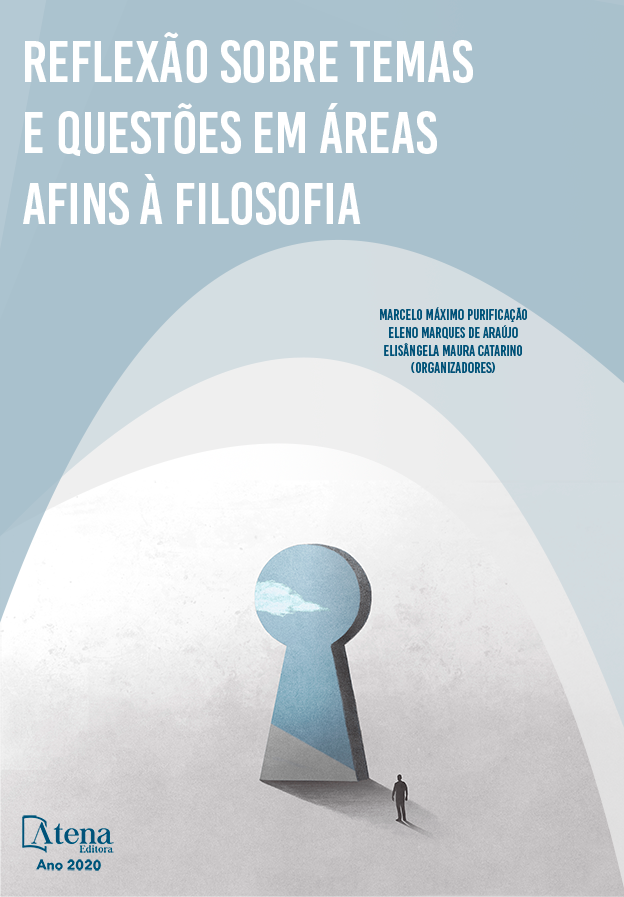
A RELAÇÃO DO ARTIVISMO COMO ANTI-ESTRUTURA EM TURNER E ESTÉTICA DA EXISTÊNCIA EM FOUCAULT, NUMA CONCEPÇÃO DE ARTE CONTRA O ESTADO; ROMPENDO COM OS MOVIMENTOS SOCIAIS REPRESENTATIVOS E INSTITUCIONAIS QUE CARREGAM CONSIGO O PROBLEMA DO RECONHECIMENTO E A FALTA DX OUTRX NA RESISTÊNCIA CONTRA O ESTADO
Objetivo neste artigo pensar acerca do Artivismo político de indivíduos e coletivos autônomos, independentes, como uma antiestrutura em Turner (1974), no que diz respeito à ruptura que estes fazem tanto com a sociedade, como com as formas tradicionais de se fazer arte e política (institucionalizadas, delimitadas por reivindicações pautadas na representatividade e no reconhecimento através do Estado), relacionando à reflexão que Foucault (2006) traz em torno da estética da existência, ligada ao cuidado de si, para ampliar a percepção de vida, produzindo subjetividades dadas por suas diferenças e resistências, dentro de uma análise não representativa da arte, ou seja, uma arte contra o Estado que reflito através da análise feita por Els Lagrou (2012). A partir de uma pesquisa tanto bibliográfica quanto autobiográfica, por meio das minhas experiências estéticas e atuações em movimentos sociais feministas e anarquistas, penso acerca do conceito de antiestrutura em Turner (1974), quando coletivos políticos, bem como indivíduxs autônomos independentes, lançam mão da arte, para manifestar suas inquietações, provocando a sociedade sobre as questões políticas das quais querem tratar. Tais pessoas e coletivos rompem tanto com a sociedade em termos rituais (TURNER,1974), para mostrarem sua crise e intensificá-la, como com os grupos políticos institucionais (já que as ações de movimentos sociais independentes estão mais preocupados com um processo que garantam e ampliem a percepção da vida e da liberdade do que a alguma representatividade política), tornando visível suas fissuras, trazendo um novo desfecho para a sociedade, que são modos de vida antiestrutura. Resultando em uma reflexão sobre a arte enquanto resistência, pertinente a visão perspectivista de arte (CASTRO, 2004) que a expande para uma luta contra o Estado, indo além do reconhecimento e da representatividade.
A RELAÇÃO DO ARTIVISMO COMO ANTI-ESTRUTURA EM TURNER E ESTÉTICA DA EXISTÊNCIA EM FOUCAULT, NUMA CONCEPÇÃO DE ARTE CONTRA O ESTADO; ROMPENDO COM OS MOVIMENTOS SOCIAIS REPRESENTATIVOS E INSTITUCIONAIS QUE CARREGAM CONSIGO O PROBLEMA DO RECONHECIMENTO E A FALTA DX OUTRX NA RESISTÊNCIA CONTRA O ESTADO
-
DOI: 10.22533/at.ed.9032016094
-
Palavras-chave: Artivismo. Representatividade. Antiestrutura. Resistência. Estética da Existência.
-
Keywords: Artivism. Representativeness. Antistructure. Resistance. Aesthetics of Existence
-
Abstract:
This article aims to reflect upon the political Artivism of autonomous, independent individuals and collectives, as an antistructure in Turner (1974), concerning the rupture they make with society and with the traditional ways of making art and politics (institutionalized, delimited by demands based on representativeness and recognition through the State). I reflect through the analysis made by Els Lagrou (2011), relating to the reflection that Foucault (2006) brings about the aesthetics of existence, linked to self-care, to expand the perception of life, producing subjectivities given by their differences and resistances, within a non-representative analysis of art, that is, art against the State. From both bibliographic and autobiographical research, through my aesthetic experiences and performances in feminist, anarchist social movements, I think of the concept of antistructure in Turner (1974), when political collectives, as well as independent, autonomous individuals, make use of art to express their concerns, provoking society on the political issues they want to address. Such people and collectives break away from both society in ritual terms (TURNER, 1974), to expose their crisis and intensify it, and from institutional political groups (since the actions of independent social movements are more concerned with a process that guarantees and broadens the perception of life and freedom than with any political representativeness), making their cracks visible, bringing a new outcome to society, which are antistructural ways of life. This results in a reflection on art as resistance, pertinent to the perspectivist view of art (CASTRO, 2004), which expands it to a fight against the State, going beyond recognition and representativeness.
-
Número de páginas: 16
- Bartira Dias de Albuquerque


